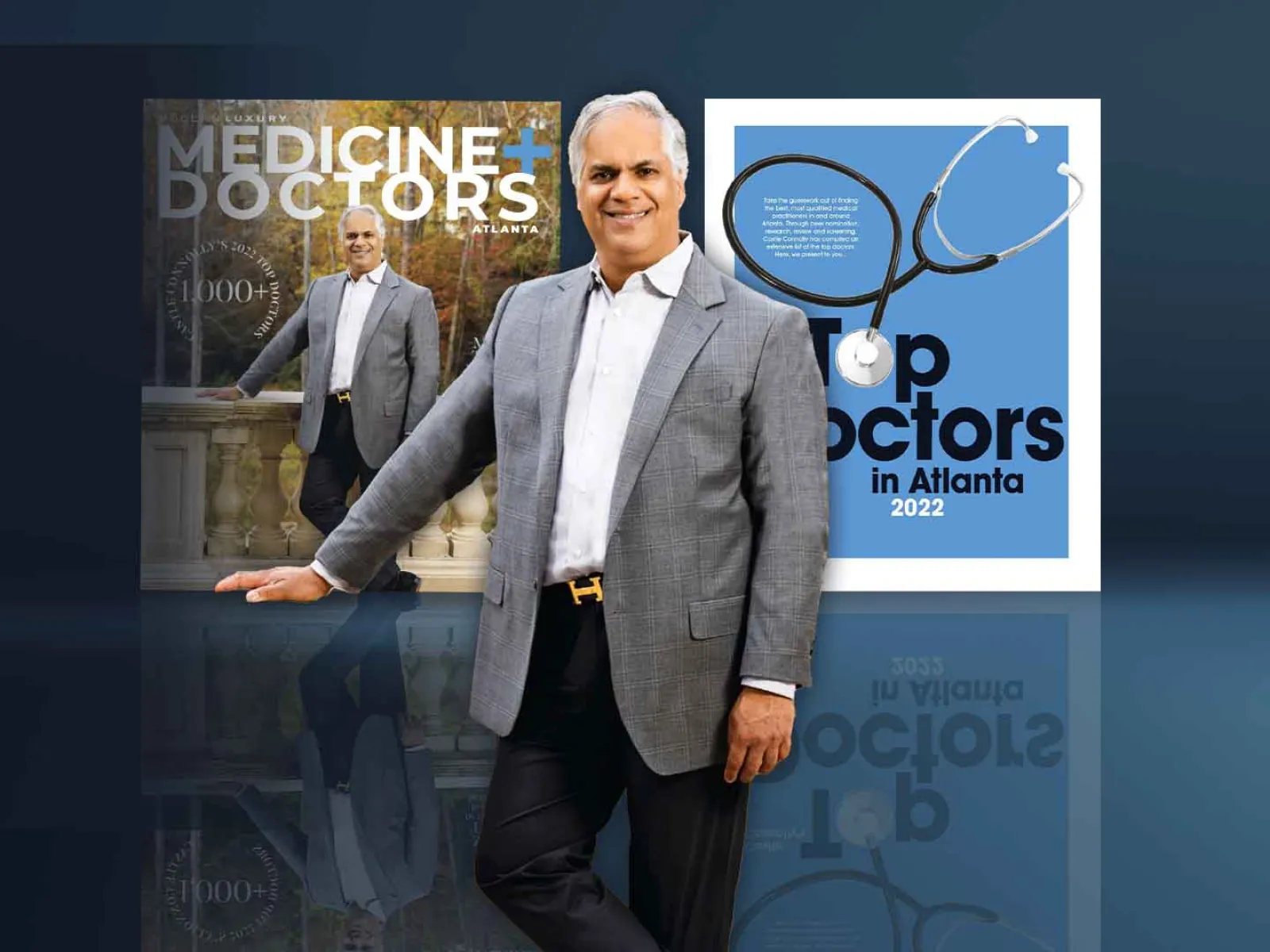Facelift is one of Dr. Sinha's most requested procedures.
Check out some frequently asked questions about facelifts:
Who is a good candidate for a facelift?
A good candidate for a facelift is somebody who wants to retain a more youthful look by eliminating loose skin on their face and neck. A good candidate should be in good physical health, not be excessively overweight and also be free of any serious medical conditions. Those who experience the best results also have good skin elasticity and strong facial features.
Are there different types of facelifts?
Yes. In addition to full facelifts, there are also mid facelifts and lower facelifts (also known as neck lifts). Which is used will depend on the patient and the results they want to achieve. They're often performed together in conjunction with other treatments, such as liposuction and fat fillers.
Can facelifts be used to get rid of jowls?
Absolutely neck lifts are particularly effective at eliminating jowls, especially when liposuction is used alongside the procedure. Even a full facelift will do an excellent job at eliminating unwanted loose skin around the neck though. How long the effects of your facelift lasts will depend on your genetics and your overall health. To stay looking as young as possible, you should eat well and avoid bad habits, such as smoking and drinking to excess.
Do facelifts get rid of lines and wrinkles?
This is the more common facelift FAQ. Facelifts are not designed to treat lines and wrinkles directly. Pulling the skin upwards might eliminate some deeper lines in the face but the primary purpose is to smooth out any sagging or loose skin on the face. Lines and wrinkles can be tackled by other cosmetic treatments, such as botox.
Are the results of a facelift permanent?
On average, a facelift will make you look 5-8 years younger but it doesn't stop the natural aging process. For example, in 10 years time you'll probably look older than you do now but younger than you would if you didn't have a facelift.
Will the results look natural?
This depends on the skill of the surgeon. Dr Sinha has a great deal of experience with facelifts and is double board certified, so you can be sure that the results of your facelift will look completely natural.
Will I be left with scars?
Any time an incision is made in the skin, there is a scar left behind. However there are different types of scars and those left by a facelift are not noticeable. Not only this but they're purposely placed in discreet areas, such as at the hairline and behind the ears.
What are the side effects?
Common side effects during recovery from a facelift including swelling, bruising and some moderate pain. However the swelling and bruising soon subsides and the pain medication is prescribed so this isn't an issue either.
Are there any serious risks?
Serious complications is the most common Facelift FAQ asked by candidate. its quite rare with facelifts but that doesn't mean there is no risk at all. Some patients might have an adverse reaction to the anesthesia and there is a small risk of infection during surgery. As discussed in various Facelift FAQ If symptoms such as irregular heartbeat, chest pains or faintness are experienced then a doctor should be contacted immediately.
How is a Facelift different than a Mini-Facelift or Mid-Facelift?
A Facelift
is a comprehensive lift of sagging facial tissues (cheek, jowl and
neck) which, when done properly, can yield excellent results that can
last for 10 or more years. A mini-facelift usually refers to more
limited procedure done under local anesthesia which mainly only
addresses the jowls. Often these procedures don't last as long as
traditional lifts and usually leave visible scars if the doctor or
location does them quickly (lunchtime lifts). A midface lift
lift is a procedure that usually addresses the cheek tissues which are
often the first part of the face to sag. These are usually done through
an endoscopic approach or through incisions around the eyes.
What is a "One-Stitch" facelift?
This is a type of mini-facelift that uses a single suspension stitch
through a hidden incision (usually in the scalp) to pull up facial
tissues, essentially like using tape to hold up skin. Since the entire
lift relies on one stitch, the lift is limited in scope and only lasts
for as long as the stitch making it a short-lived result.
What is a weekend facelift?
Similar to a lunch time lift, this refers to limited lifts done under
local anesthesia that purportedly have quick recovery times. This is not
often the case.
How long does a facelift last?
A proper facelift (including a properly performed mini-lift) should
last 10+ years. Many of the quick lifts that focus on low cost and speed
versus results may last between 6 months and a few years.
How is the recovery process ?
Even with a full facelift, patients should be over 90% recovered by
7-10 days after surgery. Recovery can be quicker when less work is done
as with the mini-lifts. However, patients must consider that a few days
of extra recovery time can equal several years of results.
How long should swelling and numbness last after a facelift?
Most swelling should be gone before two weeks. Numbness, especially
around the ear, can persist from days to a several weeks. This almost
always comes back.
What is the best procedure for firming neck and chin?
A lifting procedure gives the best results. There are devices that use
deliver energy to heat up the deeper part of the skin which results in
skin tightening for 1-2 years.
How can I avoid getting a pulled up look from a facelift?
Selecting a surgeon that has the training and experience to deliver a
natural, rejuvenated look is the key. Patients should be shown large
numbers of before and after pictures that were done by that surgeon as
well have the ability to talk to previous patients.
Facelift Video Case Study - Real People, Real Results
https://www.facialaestheticsurgery.com/facelift-kathy-story-performed-by-dr-pradeep-sinha
Previous - Facelift Facts Part 3 - Recovery And Post Op
Next - Facelift Facts Part 5 - Choosing a great facelift surgeon























